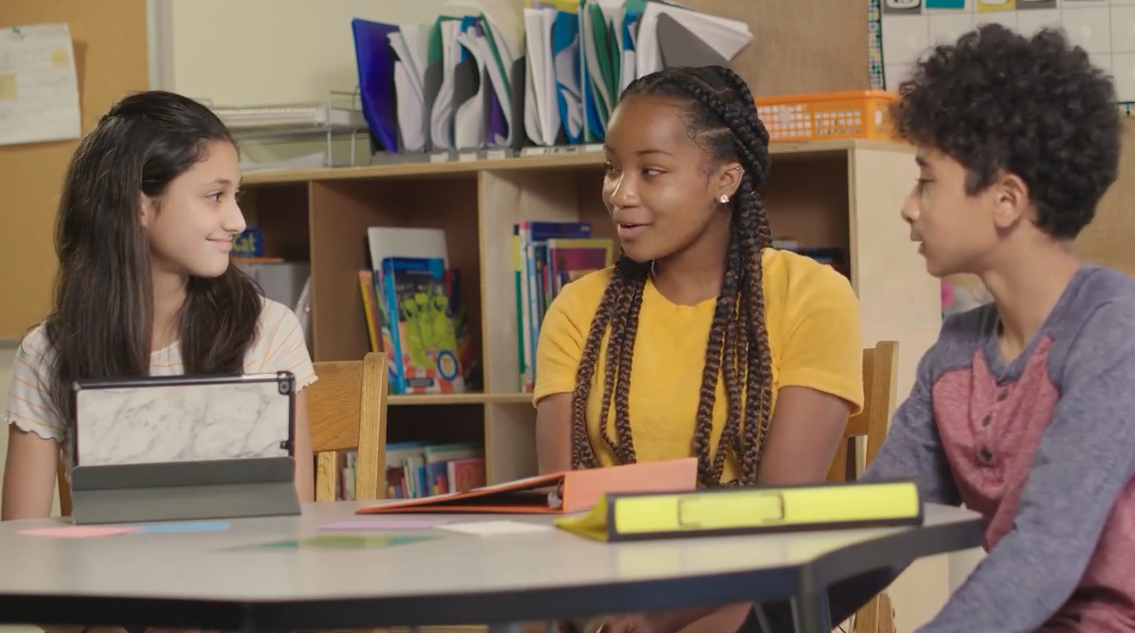In the realm of special education, it is crucial to address the diverse needs of students, including their ability to adapt to changes within group settings. The target skill we will focus on in this blog post is Switching Tracks, which can significantly impact students’ learning, social interactions, and overall wellbeing.
Understanding Switching Tracks
Switching Tracks is the ability to change one’s thoughts to a new plan, like a train switching tracks and heading in a new direction. This skill helps students handle change when working in a group, maintain calmness, and use kind words with group members even when feeling upset. Developing Switching Tracks can enhance students’ adaptability and collaborative skills, contributing to their success in group tasks and social situations.
The Role of Specialists
Various specialists can support the development of the Switching Tracks skill in students:
- Speech-Language Pathologists: Assist in improving communication skills, enabling students to express their thoughts and ideas effectively during group work.
- Social Workers: Help students develop coping strategies for managing emotions during unexpected changes in group settings.
- Psychologists: Work with students to enhance their emotional regulation and adaptability in group situations.
- School Counselors: Support students in building interpersonal skills and fostering positive relationships with peers during group activities.
IEP Goals for Switching Tracks
Here are some specific SMART IEP goals to improve the Switching Tracks skill in high school students:
- By the end of the semester, the student will demonstrate the ability to stay calm and use kind words with group members during unexpected changes in 4 out of 5 group activities.
- Strategies: Teach deep breathing exercises, practice using positive language, and role-play various group scenarios.
- Within three months, the student will suggest a compromise using indirect language in 3 out of 4 group disagreements.
- Strategies: Provide examples of indirect language, model compromising behaviors, and engage students in collaborative problem-solving activities.
- By the end of the school year, the student will actively listen to others’ ideas and share their own in 90% of group activities.
- Strategies: Teach active listening techniques, encourage participation in group discussions, and provide constructive feedback on sharing ideas.
Implementing and Measuring Progress
To effectively implement these IEP goals and measure progress, consider the following tips:
- Collaborate with specialists to ensure a comprehensive approach to skill development.
- Monitor and document students’ progress regularly through observation, self-assessment, and peer feedback.
- Adjust strategies and activities as needed to address individual learning needs and preferences.
Conclusion
Developing the Switching Tracks skill in high school students is essential for their success in group settings and social interactions. By incorporating the suggested IEP goals, strategies, and specialist support, educators can effectively foster this skill in their students. We encourage you to apply these goals in your practice and invite you to explore more resources at Everyday Speech Sample Materials.






